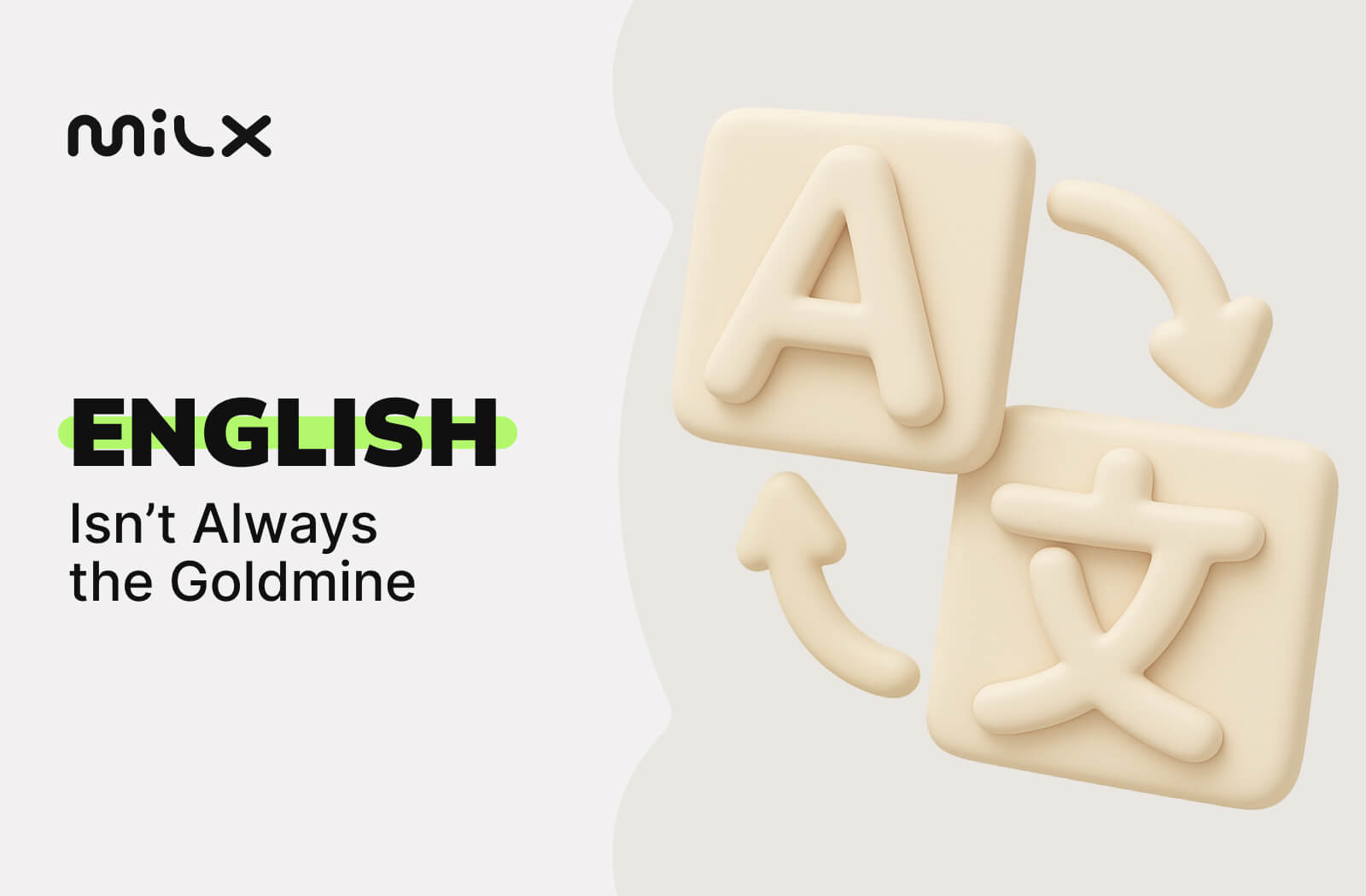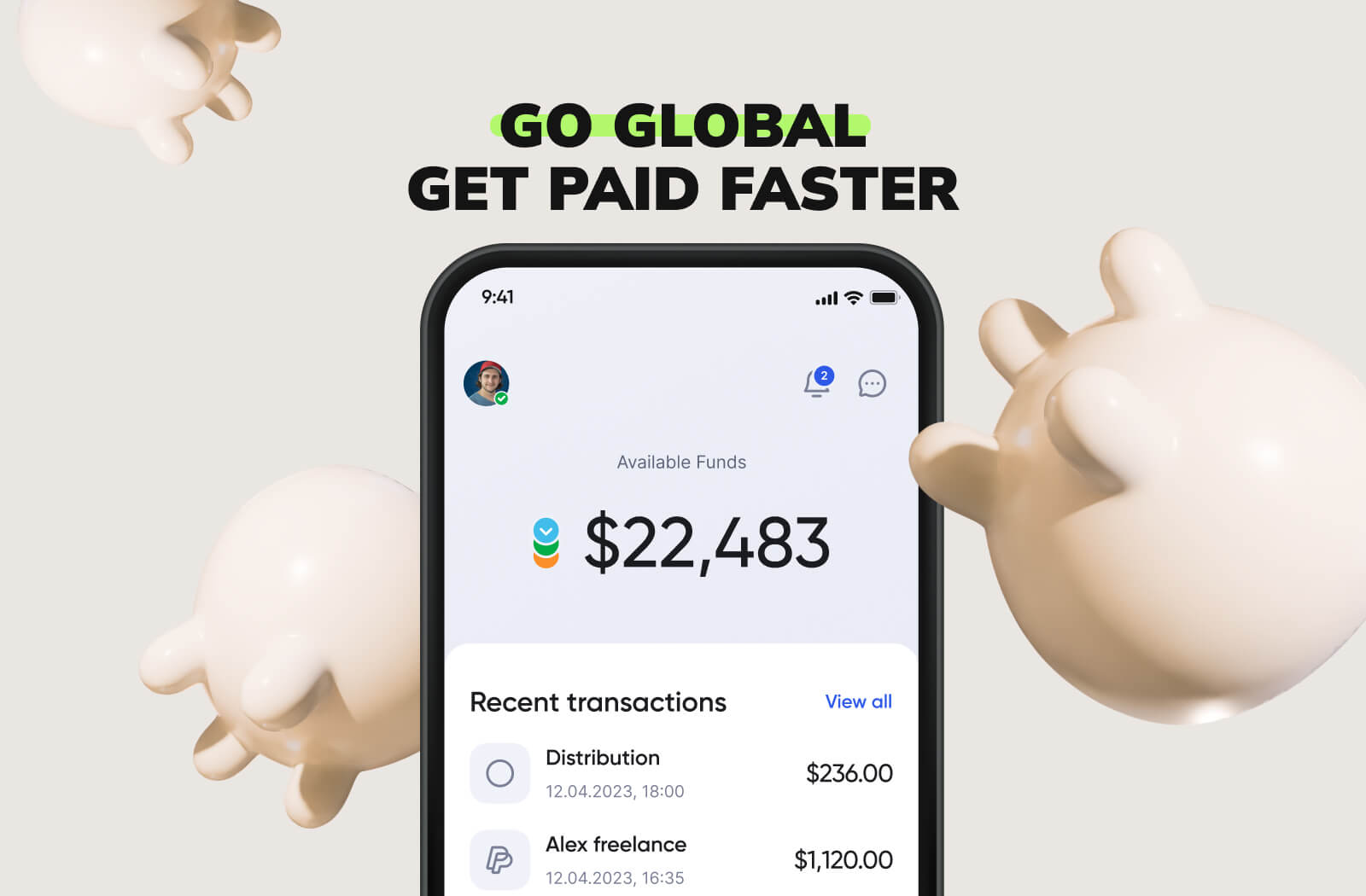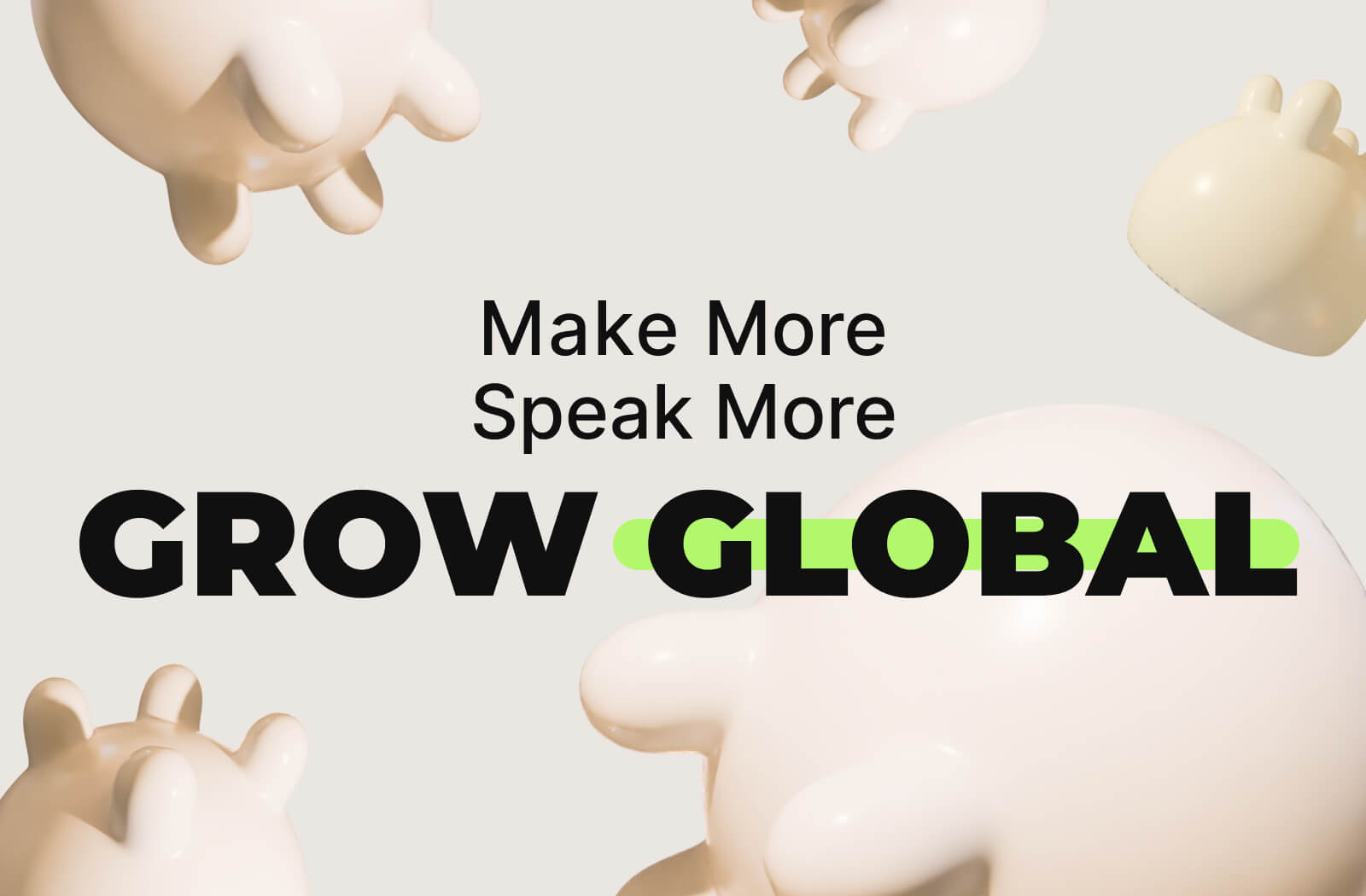Think YouTube only pays big in English? Yep, it does. But translating your videos could triple your reach! What if translating your videos could triple your reach? What if dubbing them could unlock whole new income streams?
The truth is, language changes everything on YouTube. From CPM shifts across countries to the power of localized content, your revenue isn’t just about views; it’s about who’s watching, where they are, and in what language.
In this guide, we’re diving into the real numbers behind YouTube pay by language, why creators are going multilingual, and how you can use subtitles, dubbing, and smart localization to grow globally and get paid more doing it.
Ready to turn your content into a worldwide income machine? Let’s go.
English vs Non-English Content: Does Language Really Matter?
Yes, it does. A lot.
YouTube CPM and RPM vary by language and country. Advertisers in the U.S., U.K., and Australia pay more, so English videos often earn higher revenue per 1,000 views. But that’s not the whole story.
- English is competitive. You’re fighting for views in a crowded market.
- Other languages can have lower competition and higher engagement. Think Spanish, Hindi, Portuguese.
- Diverse regions = diverse income. A video dubbed in German or subtitled in Japanese might outperform your original English version in revenue and reach.
⭐ Example: One of our creators already had a hit kids’ channel - strong retention, great engagement. But when they launched fully dubbed versions in Spanish, German, and Polish, growth skyrocketed:
- SPAIN: 1.48M subs, 13M+ monthly views;
- GERMAN: 1.19M subs, 19M+ monthly views;
- POLISH: 501K subs, 15M+ views.
When a separate Portuguese channel underperformed, they pivoted - adding dubbing directly into the three high-performing channels (Spanish, German, and Polish) as multi-audio tracks. Result? +5M extra views in 6 months, no new uploads.

Language-Specific CPM: Who Pays the Most?
Let’s discover the data from our partners about the ТОP 30 highest paying languages on YouTube in 2025 with median CPM:
- United States – $14,67
- Australia – $13,30
- Switzerland – $12,98
- Norway – $11,21
- New Zealand – $10,21
- Canada – $9,93
- Germany – $9,79
- Denmark – $9,13
- Great Britain – $8,91
- Netherlands – $8,62
- Finland – $8,61
- Sweden – $8,16
- Austria – $7,36
- Belgium – $7,05
- France – $6,76
- Ireland – $6,65
- Singapore – $5,98
- Iceland – $5,80
- South Korea - $5,73
- Japan – $5,68
- Spain – $5,61
- Estonia – $5,48
- Hong Kong - $5,46
- Slovakia – $5,33
- Italy – $5,31
- Poland – $5,31
- Czech Republic – $5,23
- Israel – $4,41
- Slovenia – $4,41
- Puerto Rico – $4,22
So… does English content pay more? Usually yes, per view.
But translated videos on YouTube can unlock bigger audiences, even if their CPM is lower. More views = more total revenue. That’s how smart creators win.
Already Monetized? Try MilX
With MilX, you can move your YouTube income whenever you want, across 40+ currencies and multiple payout methods, including bank accounts, cards, e-wallets, and crypto. It’s free to start and built for creators who want flexibility.
Subtitles vs Dubbing Monetization: Which One Pays Better?
Subtitles and translated metadata aren’t the endgame. They’re your entry point. Think of them as a cost-effective way to test 10–20 markets at once.
You upload, add multilingual subtitles, tweak titles and descriptions, and then watch the analytics. The data will show you which regions actually respond.
Why does this matter? Because CPM rates aren’t equal everywhere. Subtitles and metadata help you shift your audience mix and get discovered in premium markets, without heavy upfront costs.
Once you know which languages deliver both views and revenue potential, that’s when dubbing becomes worth the investment. Professional dubs don’t just break the language barrier. They boost retention and watch time, which YouTube’s algorithm rewards with more reach.
So the strategy looks like this:
- Start wide with subtitles + metadata → test which regions pick up.
- Check CPM + engagement data → focus on markets with both volume and ad spend.
- Double down with dubbing → win loyal audiences and scale faster in proven regions.
That’s how smart creators turn translation from a cost into a growth engine.
Here’s how the two compare:
|
Method |
Cost |
Viewer experience |
Monetization boost |
|
Subtitles |
Low |
Medium |
Decent |
|
Dubbing |
Higher |
High |
Higher |
Want more ad revenue? Try YouTube dubbing videos tools, or pro services like AIR Translate. They help you localize tone, context, and emotion, not just words.
Multilingual Channels: One Channel or Many?
Should you create videos in multiple languages on one channel, or separate them?
Option 1: One Channel, Multiple Languages
Posting multiple languages on a single channel might sound like an easy win, but is it really? Let’s weigh the pros and cons before you commit.
✅ Easier to manage;
✅ All subscribers in one place;
❌ Mixed languages may confuse the algorithm;
❌ Risk of lower engagement.
What you get:
- Multi-audio & subtitles for global access;
- Titles, tags, and descriptions localized for reach;
- One community, many languages.
Why it works:
- Manage less, grow more;
- Keep your brand voice unified;
- Boost SEO across regions;
- Expand globally from a single channel.
BUT, keep in mind if one of the multi-audio tracks underperforms, it can drag down the entire channel.
For example, one of our creators launched 9 dubbed versions - gaining 135K subs and 27M views with pro voiceovers.
Then came the test: AI dubbing on one track.
Results:
- Pro dubbing: 3:40–5:19 avg. view duration;
- AI dubbing: just 1:22.
That’s a 4–5x drop. Pro dubs keep viewers hooked - AI doesn’t.
Option 2: Separate Channels by Language
Running separate channels lets you speak directly to each audience, but it comes with extra work. Here's what you gain (and what you’ll need to juggle).
✅ Tailored content = loyal audience;
✅ Better YouTube recommendations;
❌ More work;
❌ Harder to cross-promote.

Global Creator Strategies That Work
Want to grow internationally? Here’s how to localize without losing your mind:
- Pick 3–5 top-performing videos. Translate titles, descriptions, metadata.
- Add subtitles or dub using YouTube’s tools.
- Track your video translation income. Use YouTube Analytics to compare CPM by language.
- Use multilingual content growth tactics. Collaborate with local creators, optimize thumbnails, and run regional polls.
Focus on one new language at a time. Spanish, Hindi, and Portuguese are great starting points.
Real Talk: What’s the Best Language for YouTube Income?
Let’s cut through the noise. Is there a “best” language for YouTube revenue?
Not really. But there is the best language for your channel, depending on your content, niche, and audience goals.
Here’s the breakdown:
- English: Still king of CPM. It offers global visibility and strong advertiser demand, but it’s also the most competitive market out there.
- Spanish: Massive, fast-growing, and often overlooked. Latin America, Spain, and U.S. Hispanic audiences are hungry for localized content, and there’s far less creator saturation.
- Hindi: One of the fastest-growing YouTube audiences on mobile. While CPMs are lower, the volume of views and loyalty of Indian audiences can more than make up for it.
- German, Japanese, Dutch: Smaller markets with very high-paying CPMs. These viewers love polished content, and advertisers pay a premium to reach them.
So what's the move?
Don’t guess. Test. Translate a few videos. Try subtitles in one region, YouTube dubbing tools in another. Watch the data. Then scale what works.
This is revenue optimization by language, the strategy smart creators use to grow globally without burning out.
Why YouTube Video Translation Pays Off
Localizing content means more than just money; it builds connection.
- More watch time from global audiences;
- Better placement in international recommendations;
- Higher brand trust in local markets;
- New sponsorship opportunities with regional brands.

Turn Views Into Global Growth and Real-Time Income
YouTube is a global marketplace.
If you’re not translating or localizing your content, you’re leaving serious money and momentum on the table. Multilingual content isn’t a “nice-to-have” anymore; it’s your competitive edge.
Start simple:
- Translate your best-performing videos;
- Test dubbing in one or two high-potential languages;
- Track the difference in CPM, RPM, and reach.
The more languages you speak, the more income streams you unlock.
But global reach is only part of the story; what about getting paid faster?
That’s where MilX comes in.
Whether you're growing a multilingual channel or launching a second language hub, MilX helps you access your YouTube income anytime, without waiting for monthly payouts.
- Unlock up to 6 months of future revenue with MilX Active Funds;
- Get paid in 40+ currencies and 10+ payout methods, including crypto;
- Withdraw earnings instantly to your bank, card, e-wallet, or crypto wallet;
- Use future income to reinvest in gear, dubbing, YouTube translation, or ads, and grow faster.
MilX is fast, flexible, and built for creators going global.
Start for free, fuel your multilingual strategy, and take control of your income.

